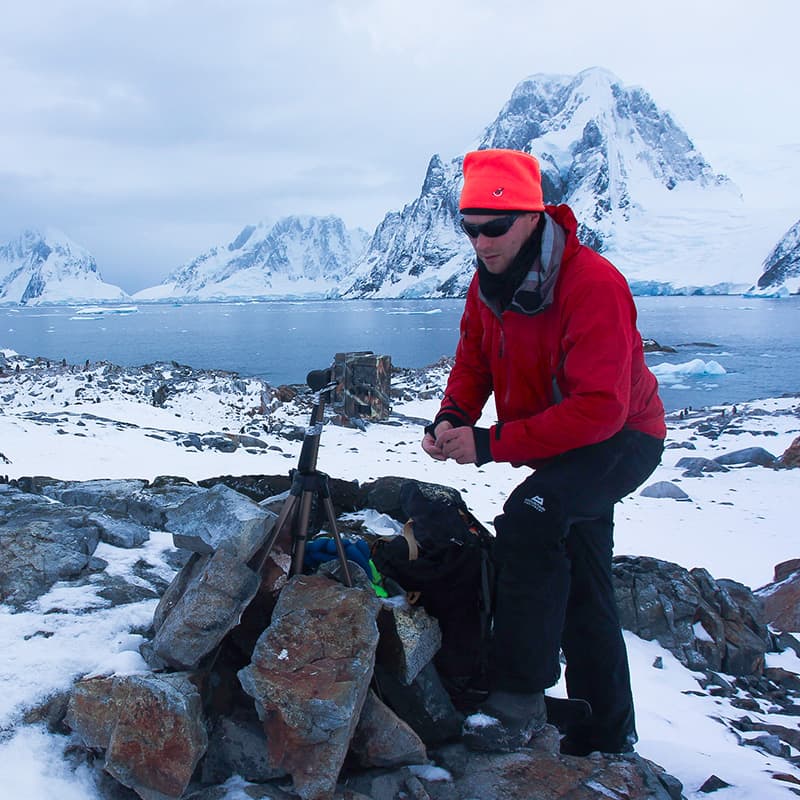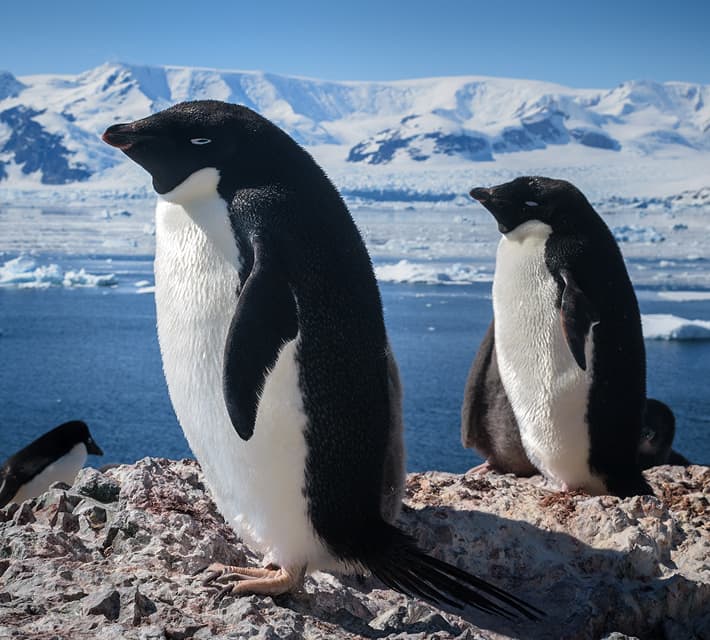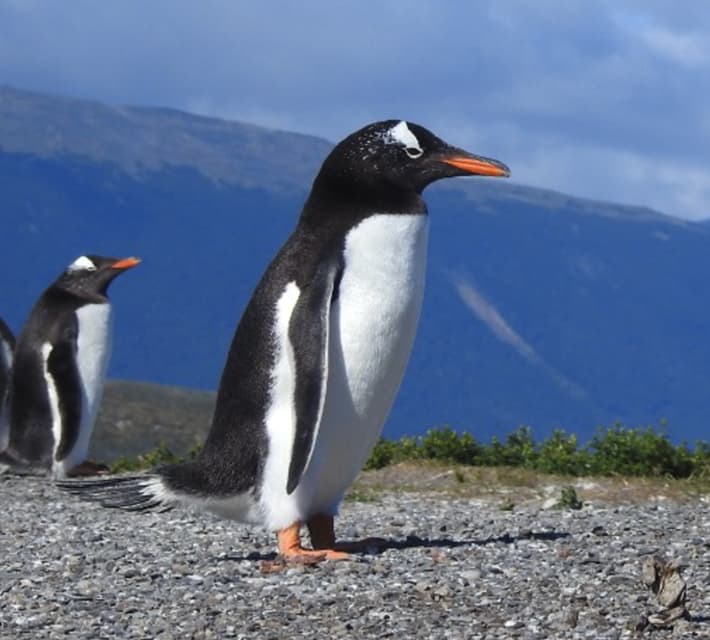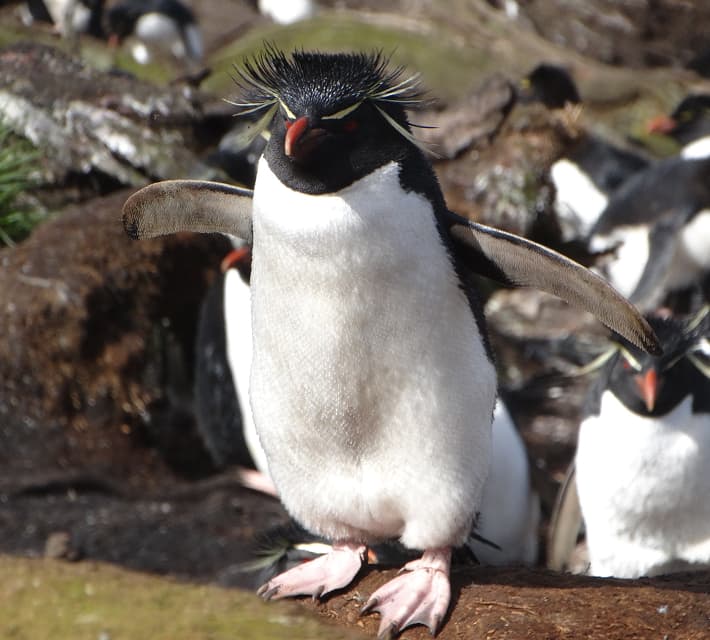
Monitoring Penguins to Protect Ecosystems
Understanding Penguin Populations in a Changing Climate
Penguin Watch uses time-lapse cameras and your help to monitor penguin colonies across Antarctica and the Southern Ocean. By identifying adult penguins, chicks, eggs, and predators in thousands of images, you’re helping researchers study breeding success, chick survival, and threats like climate change and fishing. Together, we’re building vital evidence to protect these iconic seabirds and their fragile ecosystems.
0
Penguins Monitored
0
Nesting Sites Studied
0
Citizen Scientists
Penguin Watch
Research
Advancing Marine Conservation Through Research and Innovation
For over a decade, we've been diving deep into the mysteries of marine wildlife, capturing millions of images and partnering with global institutions. Our 20,000+ volunteers play a crucial role in analysing data, helping us protect penguins, seabirds and seals. Join our mission to safeguard these incredible creatures and their habitats.
0
Images Analysed
We've analysed over 15 million images to monitor wildlife in the Antarctic and sub-Antarctic regions.
0
Volunteer Contributions
Powered by dedicated volunteers analysing and interpreting data.


0
Global Partners
Collaborating with 25 research institutions worldwide enhances our conservation impact.
Penguin Species We Monitor
Explore the penguin species we study through Penguin Watch. Each offers unique insights into their colonies, behaviours, and how they’re adapting to a changing world.

Adélie penguin
One of the most southerly distributed birds
Habitat:
Antarctic coastal regions
Status:
Least Concern

Chinstrap penguin
Named for their thin black line under the chin
Habitat:
Antarctic coastal regions
Status:
Least Concern

Gentoo penguin
Fastest underwater swimming bird
Habitat:
Antarctic coastal regions
Status:
Least Concern

King penguin
Second largest species of penguin
Habitat:
Sub-Antarctic coastal regions
Status:
Least Concern

Macaroni penguin
Largest colony is found in South Georgia
Habitat:
Sub-Antarctic coasts to the Antarctic Peninsula
Status:
Least Concern

Magellanic penguin
More closely related to the African penguin
Habitat:
Patogania and the Falklands coastlines
Status:
Least Concern

Western Rockhopper penguin
Known for their distinctive crest
Habitat:
Sub-Antarctic coastal regions
Status:
Vulnerable
Get Involved & Make a Difference
Our research informs action, but we rely on your support.
Your gift empowers conservation efforts to safeguard these incredible creatures.





